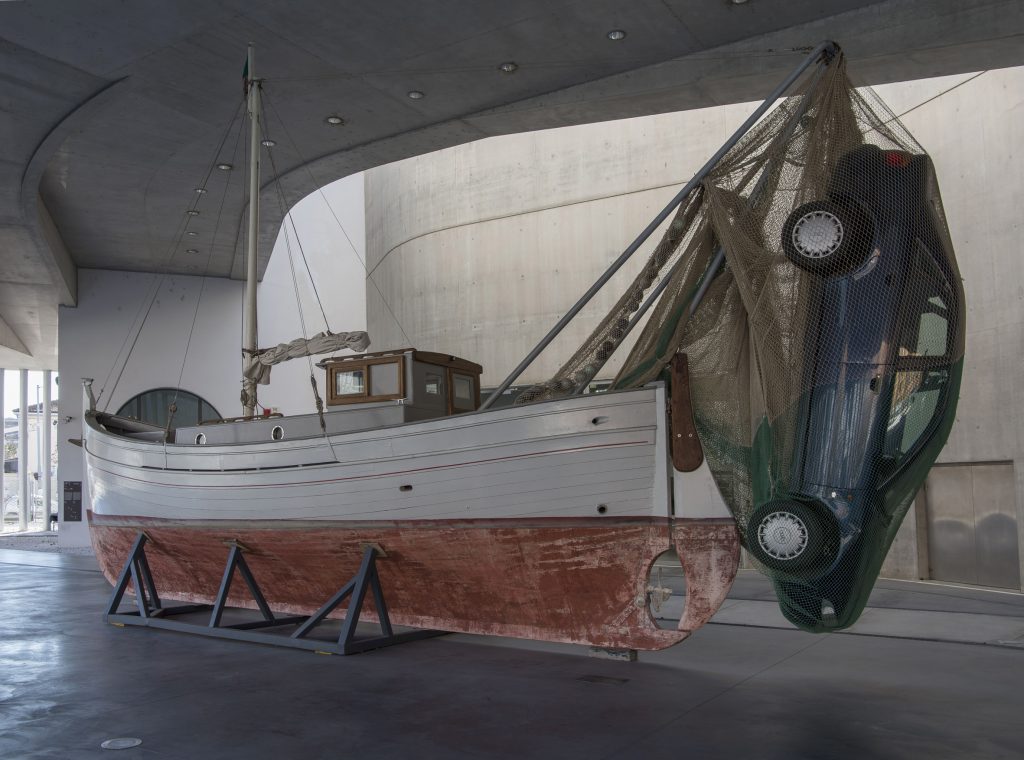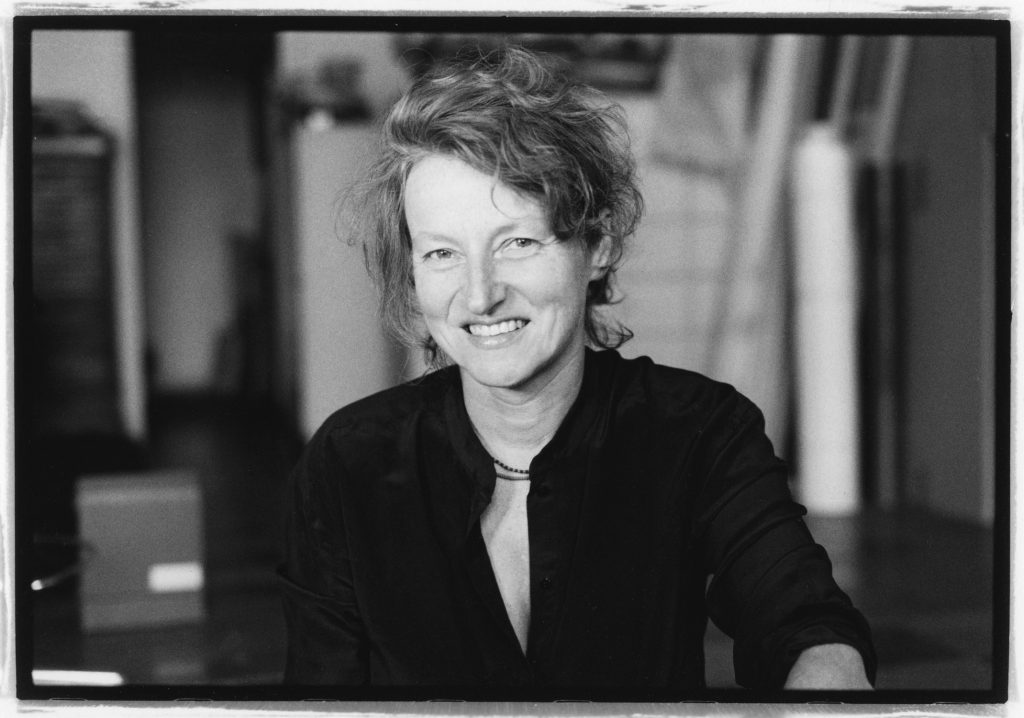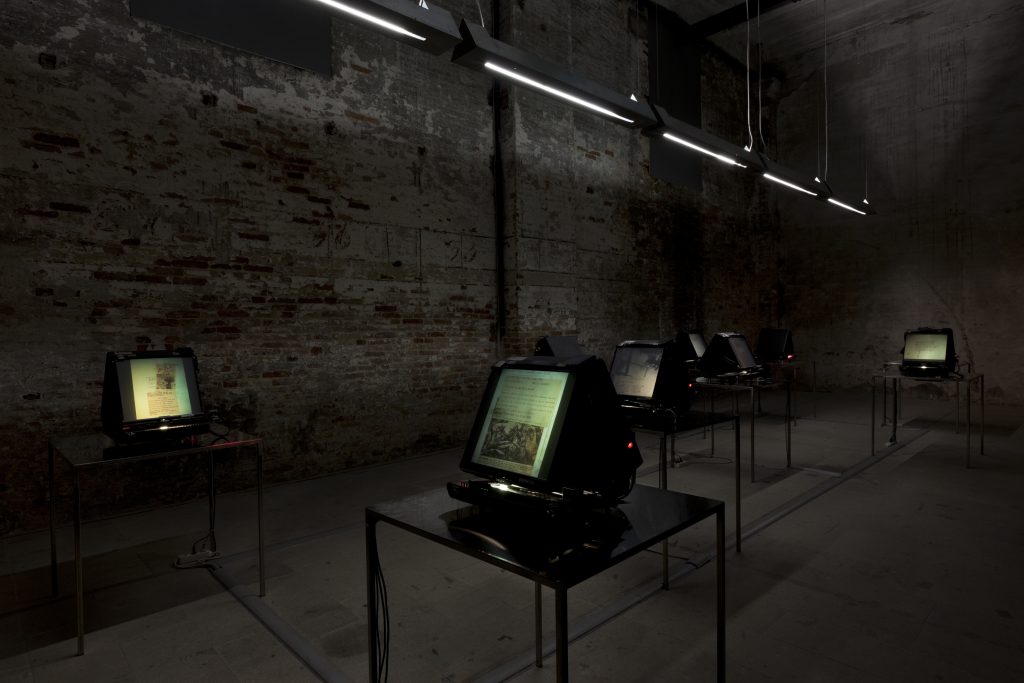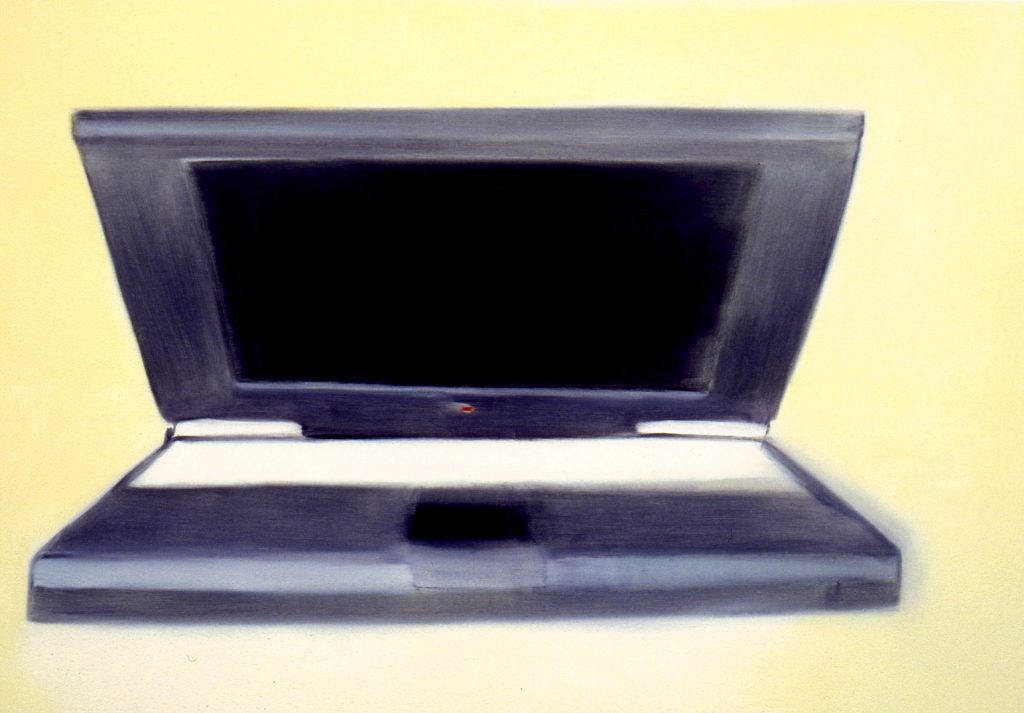Elisabetta Benassi and Returning to the Past

To say it in a new, unprecedented form…without deceit. Through multiple modes of expression, Italian artist Elisabetta Benassi recounts the socio-cultural and artistic traditions that have characterized the 20th century. From photography to videos, installations to performances, the Roman artist starts from her beginnings. We perceive, from her, an intense life marked by memories made from meetings with Maria Lai and Beatrice Merz, and coincidences that have defined an important historical period in Italian art and culture. But above all, they have defined her profile as an artist.
Elisabetta Benassi was born in Rome in 1966 and received her education at the Accademia di Belle Arti di Roma. Her work has been shown at the Venice Biennale on three separate occasions: at the Arsenale in 2011, at the Italian Pavilion (curated by Bartolomeo Pietromarchi) in 2013, and the Belgian Pavilion (Katerina Gregos) in 2015. Solo shows of Benassi’s work have been mounted at the Museo Nazionale Romano (Rome), MAXXI (Museo Nazionale delle Arti del XXI Secolo, Rome), the Grand Palais (Paris), and the 2009 edition of Unlimited at Art Basel (Basel).
Thoughtful and determined through her artistic practice, Benassi lives the concept of “return” as a memory, an object or a symbol, to be referred to in order to, somehow, free the collective past in a new interpretation.
FRONTRUNNER is pleased to present a brisk, enlightening chat with Benassi that will appear in our SPRING 2020 Issue.

Tell us about your beginnings. When did your artistic research start?
When I was a girl, I dreamed of being an artist. My father painted and then I was lucky enough to meet some very important people [for] my education: Maria Lai in middle school, Ester Coen in high school, and Nunzio at the beginning of the Academy of fine Arts. I worked in my studio for a long time in complete isolation. The studio was a physical and imaginary place from which to view the world.
The people close to me had expectations which, in retrospect, I can say I voluntarily disregarded. That attitude gave me a real sense of freedom, the guarantee that I was setting the rules of the game. It was the moment when I felt ready to start with an unfamiliar medium: video. I did my first solo show in 2001 in Turin. It was called “Day’s end”, a strange title to begin with! I haven’t had a studio for twenty years, now. How did I become an artist? I try every day to make my work more precise and to be able to be more and more free.

The Sovereign Individual (2018)
Books, polypropylene artificial palm leaf and steel
24 x 16.5 x 177 cm (each)
Courtesy of the artist and Galerie Jousse Entreprise (Paris)
Is there any work that speaks to you more than the others?
Perhaps a 2005 work, a photographic series called “Mario”. A man, a traveler, wanders among the people without being the least bit noticed, carrying an old suitcase in one hand and a live peregrine falcon in the other. The work and the observer together, the thing observed and the beholder.
How was the “Mareo Merz” installation conceived?
In 2009, Beatrice Merz invited me to create a work with the latest car by Mario Merz, her father, which she had kept in a garage for some time before giving it to me. An exhibition was born in 2013 in Turin, with several other works created for the occasion, which was ironically entitled, “I want to do an exhibition immediately.”
Ideas need time to mature! “Mareo Merz” is a ten-meter fishing boat that ‘caught’ the car that belonged to Merz in a fishing net. “Mareo” is a play on his name: the sea, the tide, “Mareo Merz”, in fact. It was presented in Turin twice in 2013 and then in 2015. From 2017 to 2020, it was exhibited at the MAXXI in Rome.

Mareo Merz (2013)
Fishing boat, car belonged to Mario Merz, fishing net
1200 x 700 x 300 cm
Courtesy of the artist, Fondazione Merz (Torino), Magazzino (Rome)
Due to the coronavirus, the whole world is “paralyzed”, with the art sector also in crisis. How are you going through this particular period? How do you see the future of art?
What will happen is difficult to say. The physical experience of the exhibition is missing, which is irreplaceable, but it is not certain whether for worse or for better something will change for the future of art.
In 2014, I made a performance, “Arrêter le jour”, firing five rifle shots at a clock. The title referred to the notion of “arrested time” described by Walter Benjamin in his text, reporting a spontaneous event that took place in the early hours of the Paris Commune in 1870, when the insurgents started firing on the clocks of the bell towers – like the new Giosué, they wanted to stop time. No one could have imagined this arrest in which we are still all involved. In any case, the authoritarian time of production is suspended and this is a completely new time. Very interesting, not only for artists. It’s a political issue that is close to my heart.
Your practice is based on different means of expression, touching on themes such as time, reflection, place. What does the concept of “return” mean to you?
It means putting in the background of space-time short circuits, where the present turns out to be a residue – or an imprint of a past, or a future – which we thought we had archived and, instead, returns. I did this with the ‘retro images’ of “All I remember” (2010) and “The Innocents Abroad”, exhibited at the 2011 Venice Biennale. [It was] a collection of events and non-events in history, rather than the images we are addicted to, evoked by the signs that the reverse of those images traced over time, their use and reuse. In 2007, in the basement of Farnese Palace, I exhibited an identical copy of the Alfa Romeo GT Veloce in which Pier Paolo Pasolini died in 1975, with flashing headlights in the dark that dazzled the viewer.
Reversing history, forcing the links to show its hidden plot, looking at things a second time and reversing this gaze of mine also to the beholder: this interests me.

The Sovereign Individual (2018)
Books, polypropylene artificial palm leaf and steel
24 x 16.5 x 177 cm (each)
Courtesy of the artist and Galerie Jousse Entreprise (Paris)
What is your relationship with social media? Are they relevant to your business?
I joined Instagram for a few months now, not with my name. There are many interesting things to see, but I’m not interested in self-promotion.
What are you working on right now?
I have created a new work produced for the MAXXI Museum, which will hopefully open in L’Aquila on January 21 in a historic building restored after their earthquake. It is called “The city rises”: two blocks of rock salt raised by mechanical arms like two kneeling medieval saints. It is a work dedicated to the city and its reconstruction. Then, at the Crypta Balbi of the National Roman Museum, I am creating an in-situ installation, “EMPIRE”, which won the third edition of the Italian Council in 2018.
Is there a particular place where you would like to exhibit?
Yes. The Philadelphia Museum of Art.

The Innocents Abroad (2011)
Nine automatised microfiche readers, microfiche, tables, neon lights, electronic unit, electric wires
140 x 80 x 80 cm (per unit)
Installation view
ILLUMInazioni | ILLUMInations, Corderie dell’Arsenale,
54th International Art Exhibition, La Biennale di Venezia (Venice)
Courtesy Matteo Viglietta S.p.A., Collezione La Gaia, the artist and Magazzino (Rome)








